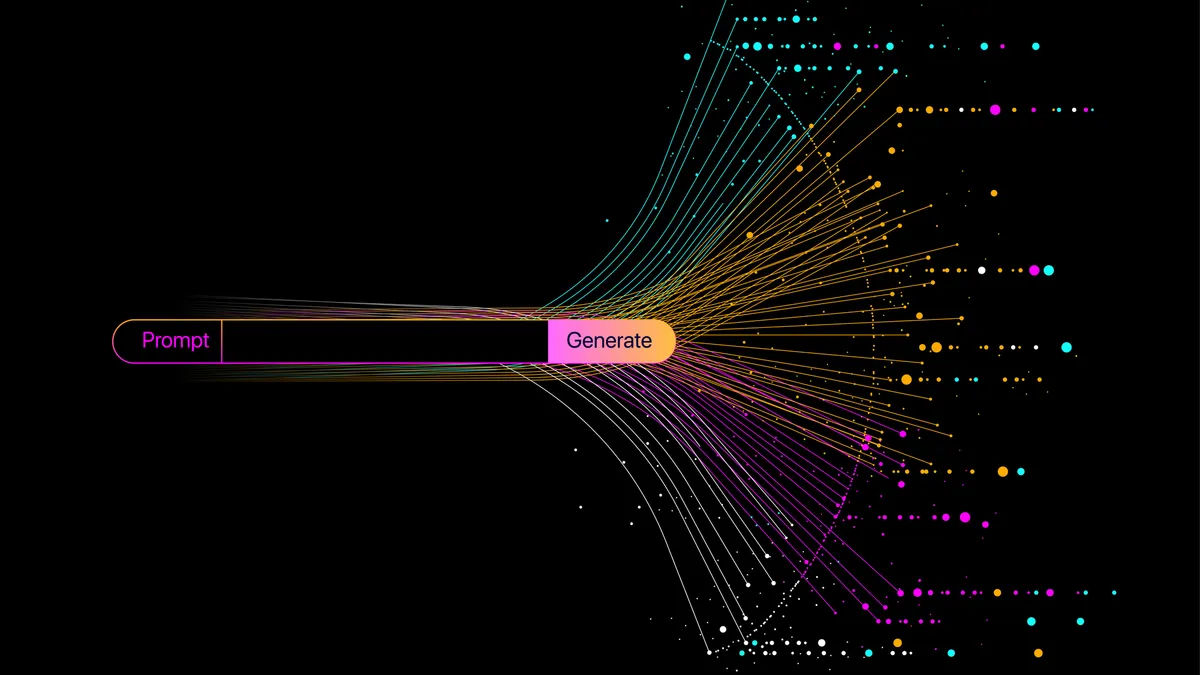Dive Brief:
-
To better combat disruption in services and prolonged outages from Mother Nature, Oracle is set to launch an "Internet Weather Map" in June, reports The Wall Street Journal.
-
Although cyberattacks serve as a kind of storm, actual weather conditions can paralyze the internet, according to Kyle York, GM and VP of business and product strategy for the Oracle Dyn Global Business Unit, reports the Journal. York is head of a team that monitors internet activity around the world, especially in locations under siege by different weather-related conditions.
-
Oracle cloud users can access the map for overseeing and analyzing activities and "paths" on the internet. AI and ML support the map but shuffling through data points that generate insight into the "strengths" or potential "downtime[s]" of the internet, according to the report.
Dive Insight:
The cloud relieves a lot of pressure in terms of processing workloads, but because its entire functionality is dependent on strong internet connection, storm clouds can wreak havoc on services and lead to outages. It doesn't have to be an all out shortage, slower internet speeds can cost employees a week's worth of work. On the flip side, faster speeds since 2009 could have added another $350 billion added to the economy.
This is something DNS provider Dyn learned in October 2016 after a massive DDoS attack obstructed internet services to some internet heavyweights including Netflix, Twitter, Spotify, SoundCloud, GitHub and Reddit.
Though some experts believe the attack was intended for one of Dyn's customers, it fundamentally impacted anyone else with a domain name within an Authoritative DNS server. This particular attack was just one month before Oracle acquired the DNS provider.
After the deal, Oracle was poised to bring much of its internet infrastructure capabilities internally and extend its cloud computing platform after the acquisition. It is clear from its weather mapping plans that Oracle is being proactive when it comes to any risk of internet outages.
Having an internal chaos team is necessary for any type of outage. And while weather predictions can be unreliable, having resilience teams paired with predictive maps can help mitigate the risk of an outage or decline in services.













